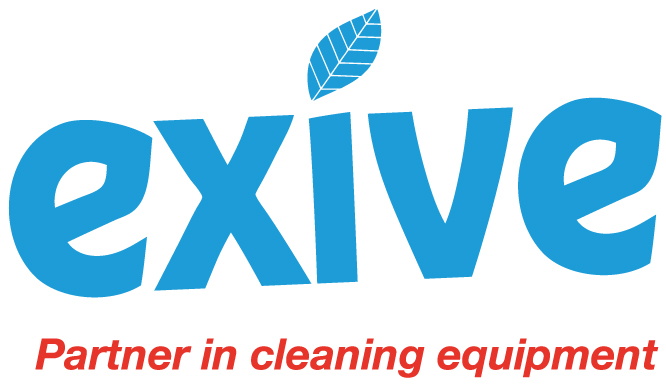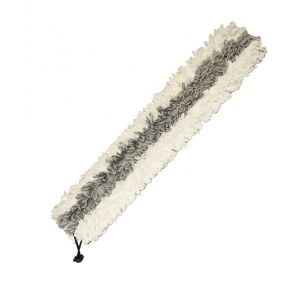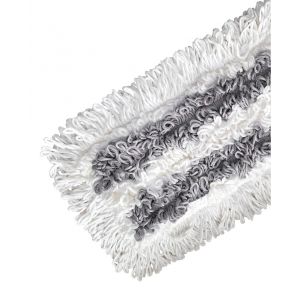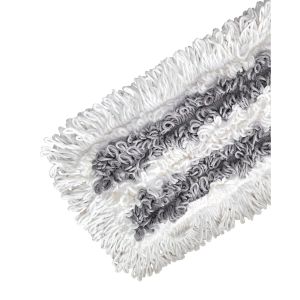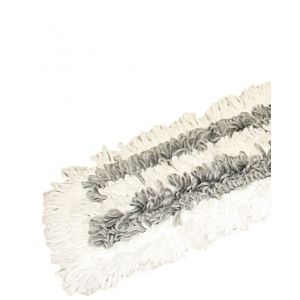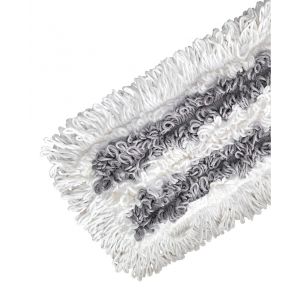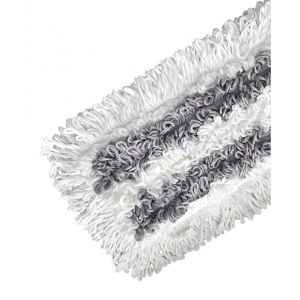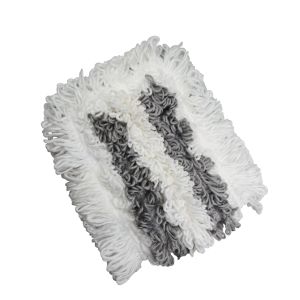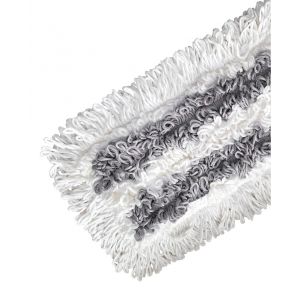Our website uses cookies, which makes shopping easier and more personal. More information about this can be found in the privacy policy. If you continue, you consent and agree to the placement and use of Cookies.
New microfibre products in development

New microfibre products in development
Exive is currently producing a new range of products that can hold a lot of dust and even sand in dry conditions and that can also easily pick up more stubborn dirt thanks to an extra large microfibre contact surface. It will be a special set of tools that is very effective and versatile...
|
Microfibre is certainly not a new product in cleaning. Research and knowledge are abundantly available. Nevertheless, new products are still being developed which do a better job on the basis of microfibre. The most important facts that have already come to our attention during tests of the 100% microfibre products we develop are |
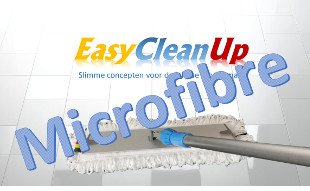 |
Microfibre vs cotton
Microfibre cleans just as well as cotton but, unlike cotton, does not need to be supported by a chemical cleaning agent. A little moisture is enough to loosen and absorb most soiling with microfibre. And dry dust is retained just that little bit better than by a cotton mop with a similar structure.
Wet or dry
Microfibre wipes and cleans fantastically when used dry or moist. Dry, the material absorbs a lot of dust. And when damp, microfibre cleans all kinds of dirt very effectively. Scuff marks and sticky dirt quickly disappear. It is only when you make microfibre too wet that its effectiveness diminishes and the dirt is smeared rather than absorbed.
Ergonomics
Dry, microfibre moves lightly over all floors. As soon as it gets wetter, cleaning takes a bit more force, but it is also more effective. And when it gets really wet, it mops and slides easily, but you fall back to the same way of cleaning as with a cotton mop: mopping the floor with clean liquid and then wringing the mop out in a dirtwater bucket to rinse it. And this would be a shame, as use of microfibre was intended to improve time-use and ergonomics: a little moisture is all you need and you don't have to lug around buckets full of water and chemicals.
Movement
With a rotating or slightly shifting movement, dirt is absorbed better than with purely linear movements. It does not matter for wiping dust; you can also do laps, but for other dirt, more friction with the microfibre is desirable, in the same way that with cotton and water you will also give a sticky spot extra attention.
Clear washing instructions
Microfibre can normally be washed at 90⁰C, quite nice and hygienic. But you will ruin the product if you add bleach or fabric softener. It is also best to avoid tumble drying in order to prevent shrinkage and to allow the microfibre to retain its strength.
About the Author
Tags

 Dutch
Dutch